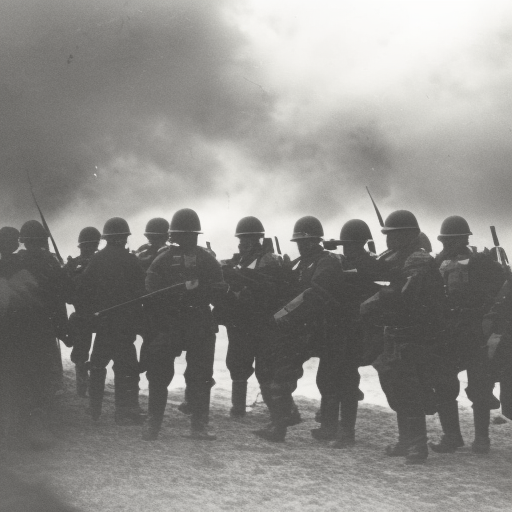Battle of Steenbergen: A Clash of Empires
The Battle of Steenbergen was a significant military engagement that took place during the War of the Spanish Succession on June 24, 1703. It was fought between the forces of the Grand Alliance, led by the Dutch Republic and England, and the French army under the command of Marshal Boufflers. The battle occurred near the town of Steenbergen, located in present-day Netherlands.
Background:
The War of the Spanish Succession was a conflict that erupted after the death of the Spanish King Charles II in 1700. The major European powers, including France, England, and the Dutch Republic, were vying for control over the Spanish throne. The Dutch Republic, fearing French dominance, joined the Grand Alliance, which aimed to prevent the union of the French and Spanish crowns.
The Battle:
The Battle of Steenbergen was part of a larger campaign to capture the strategic fortress of Huy, which was held by the French. The Dutch and English forces, under the command of Dutch General Overkirk and English General Churchill, respectively, sought to engage the French army and divert their attention from Huy.
The battle began with a Dutch assault on the French positions. The Dutch infantry, supported by English and Scottish regiments, launched a fierce attack on the French lines. Despite facing heavy resistance, the Dutch troops managed to break through the French defenses and gain ground.
However, the French forces, led by Marshal Boufflers, quickly regrouped and counterattacked. The French cavalry, renowned for their skill and discipline, launched a devastating charge against the Dutch and English troops. The Dutch and English infantry, caught off guard, suffered heavy casualties and were forced to retreat.
Aftermath:
The Battle of Steenbergen resulted in a decisive French victory. The Dutch and English forces were unable to achieve their objective of diverting the French army’s attention from Huy. The defeat at Steenbergen also had a demoralizing effect on the Grand Alliance, as it highlighted the strength and effectiveness of the French military.
The battle had significant consequences for the wider war. The French victory at Steenbergen bolstered their position in the Spanish Netherlands and allowed them to maintain control over Huy. This further complicated the Grand Alliance’s efforts to secure a favorable outcome in the War of the Spanish Succession.
Despite the setback at Steenbergen, the Grand Alliance continued to fight against the French. The war would continue for several more years, with numerous battles and sieges taking place across Europe. Ultimately, the conflict ended in 1714 with the signing of the Treaty of Utrecht, which established a balance of power in Europe and marked the beginning of the decline of the Spanish Empire.
In conclusion, the Battle of Steenbergen was a significant engagement during the War of the Spanish Succession. It showcased the military prowess of the French army under Marshal Boufflers and dealt a blow to the Grand Alliance’s efforts to secure control over the Spanish Netherlands. The battle had far-reaching consequences for the outcome of the war and the balance of power in Europe.












